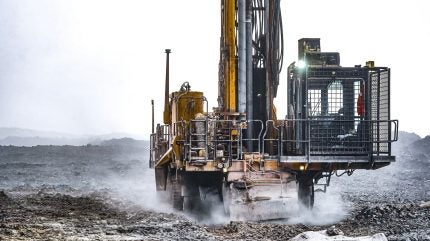Fully autonomous underground mapping sounds like something from the future. In fact, it is already here, keeping people out of harm’s way through better planning and faster insights.
LiDAR mapping company Emesent has just released an updated version of its autonomy engine for its Hovermap scanner.
Combining object avoidance, dust filtering and autonomous mission planning with leading SLAM-based geolocating and high-definition 3D mapping, Hovermap allows fast and detailed data capture across unknown environments – without requiring human input.
Supporting over 20 separate use cases in mining, Hovermap is unparalleled in its approach to fall inspections, convergence monitoring, and scheduled environmental analysis – and while the latest capabilities augment existing drone-based surveying, the versatile platform easily switches to other deployment options, including via vehicle, backpack, robot or carried handheld. This ensures unprecedented flexibility and continuity between scanning modes, environments, and work schedules.
While CMS systems are bulky and have the potential to expose workers to fatal hazards, in contrast, Emesent Hovermap provides autonomous flight beyond visual line of sight and communications range, making it ideal for mapping hard-to-reach, dangerous, or previously inaccessible areas.
Entire missions—from take-off to landing—can be executed using just a tablet, keeping operators at a safe distance. Live point cloud streaming provides real-time visibility, while onboard processing delivers instant insights, as well as optimising the data for rapid network transfer and manipulation using third-party analysis tools.
See for yourself in this quick overview:
Watch this webinar recording to take a deep dive into Hovermap’s autonomous capabilities.
Find out more at emesent.com/mining



